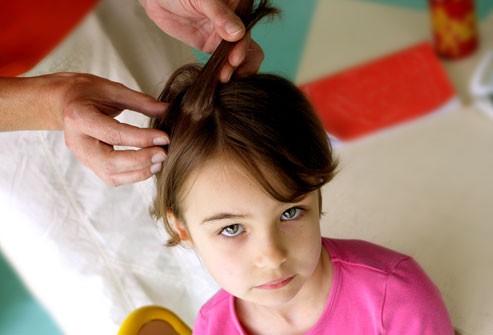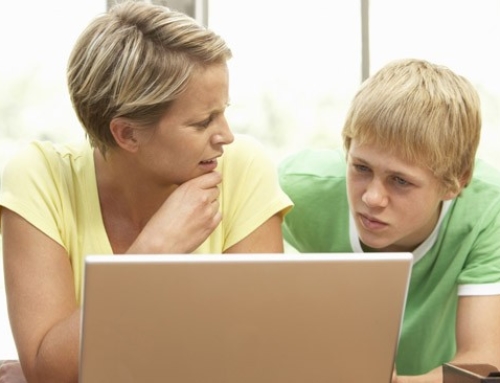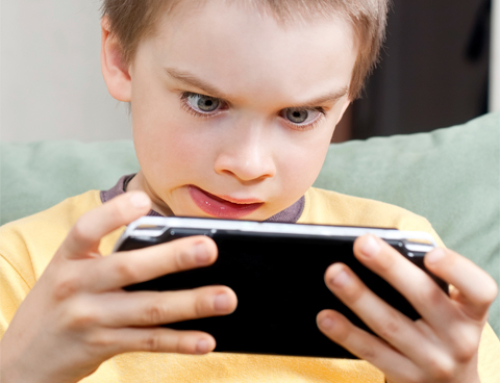Children are especially susceptible to head lice for a few different reasons. Children tend to have closer physical contact with other children, more so than adults have with each other; in addition, they also have a habit of sharing personal items with each other, such as brushes and hats.
Aside from these reasons, children also congregate in large groups, such as in childcare centers, schools and playgrounds. As a result of these factors, head lice tends to spread more readily among children.
Head lice cannot fly or jump, but they do cling to the hair and other items, attaching themselves to humans as soon as they come in contact. Some of the most common means in which head lice spread, is through personal clothing items, such as hats, shirts, coats, scarves, etc. They may also spread when someone shares items such as brushes and hair accessories.
Another means in which a child can catch head lice is by using pillows, blankets and bed linen that an infested person has used. Couches and chairs are addition culprits in spreading lice. Head lice can live off of the human host for at least three days.
To determine if your child has head lice, you have to use a comb to part the hair and examine the hair shafts and scalp with a magnifying glass while under a bright light.
Head lice move very quickly, sometimes making detection very difficult, because of this you should always look for the little brown or tan lice eggs that will be attached to the shaft of the hair; usually near the scalp.
Examine the scalp closely, as well as the area behind the ears and at the nape of the neck. These areas may contain more lice, than the top of the head.
Though frequently scratching the scalp may be a sign that your child has head lice, itching does not always begin right away. It may take a few weeks before the infestation is bad enough to cause your child’s head to begin itching, depending on how sensitive they are to the lice.
If your child has head lice they may develop small, red bumps on the scalp due to scratching. If the scalp lacerations become infect they may be crusted over or oozing a clear or yellowish liquid. It is a good idea to contact your child’s doctor if it appears that your child has red bumps or sores on the scalp.
Because some of these symptoms of head lice may not be obvious right away, it is important that you examine your child for head lice on a frequent basis, especially during the school year, or if they go to a daycare.
Thank you for taking the time with My Musical English to learn more about how we can take better care of and educate our children – insuring our future.
Sincerely,
The My Musical English Team
For more information on how Musical English is scientifically designed to help your children learn, better, faster, and more efficiently, and may ultimately increase IQ, EQ and more, check out our main site www.MyMusicalEnglish.com. Classes are now available in the greater Los Angeles area through My Gym and several other preschools and Montessori’s. Please see available classes here, or contact My Musical English to learn how to start a program in your school now!
* Click here to protect your privacy and the safety of your children on the Internet.








Leave A Comment
You must be logged in to post a comment.